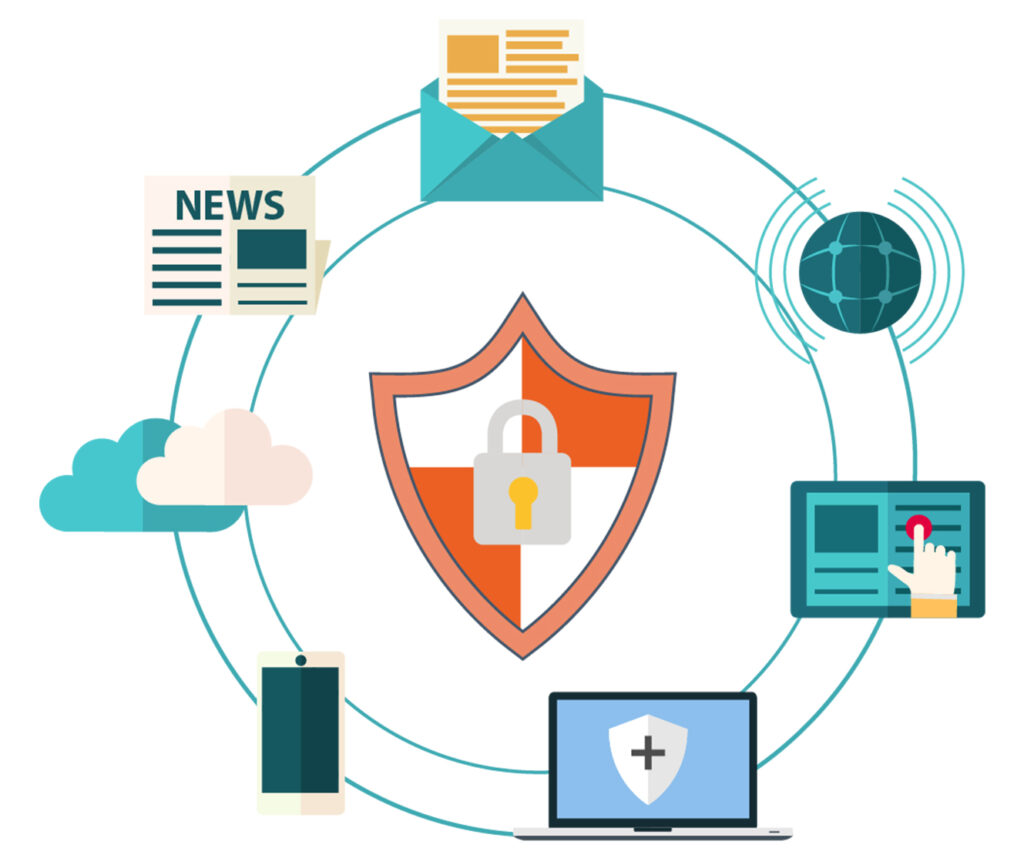Information Security

Information Security
Information security encompasses a collection of cybersecurity strategies aimed at preventing unauthorized access to organizational assets, including computers, networks, and data. Its primary focus is on maintaining the integrity and confidentiality of sensitive information, effectively thwarting the efforts of sophisticated hackers.
The implementation of robust IT security measures is vital for organizations as it prevents malicious threats and potential security breaches that can have severe repercussions. Within the internal company network, IT security ensures that only authorized users can access and make modifications to sensitive information. By doing so, it safeguards the confidentiality of the organization’s data.


Network Security
Network security is a crucial component that safeguards your network from unauthorized or malicious users. Its primary objective is to uphold usability, reliability, and integrity by preventing hackers from gaining access to network data. Furthermore, network security ensures that users can access and utilize the network without disruptions or compromises.
As businesses expand the number of endpoints and transition services to the public cloud, network security has become increasingly challenging. However, it remains essential for maintaining a secure network environment.


Internet Security
Internet security focuses on protecting information transmitted through web browsers and web-based applications. It involves monitoring incoming internet traffic to identify and mitigate potential malware and unwanted traffic. Common safeguards employed in internet security include firewalls, antimalware software, and antispyware tools.

Endpoint Security
Endpoint security provides protection at the device level, encompassing devices such as cell phones, tablets, laptops, and desktop computers. Its primary objective is to prevent these devices from accessing malicious networks that may pose a threat to the organization. Advanced malware protection and device management software are examples of endpoint security measures.


Cloud Security
With the increasing migration of applications, data, and identities to the cloud, cloud security has become paramount. Users connecting directly to the internet are no longer protected by the traditional security stack, necessitating the use of specialized measures. Cloud security solutions, such as cloud access security brokers (CASBs), secure internet gateways (SIGs), and cloud-based unified threat management (UTM), help secure the usage of software-as-a-service (SaaS) applications and the public cloud.

Application Security
Application security involves coding applications to be as secure as possible during their development phase, thereby reducing vulnerabilities to attacks. This additional layer of security entails evaluating the application’s code to identify and address any existing vulnerabilities within the software. By implementing strong application security practices, organizations can enhance the overall security posture of their software systems.

